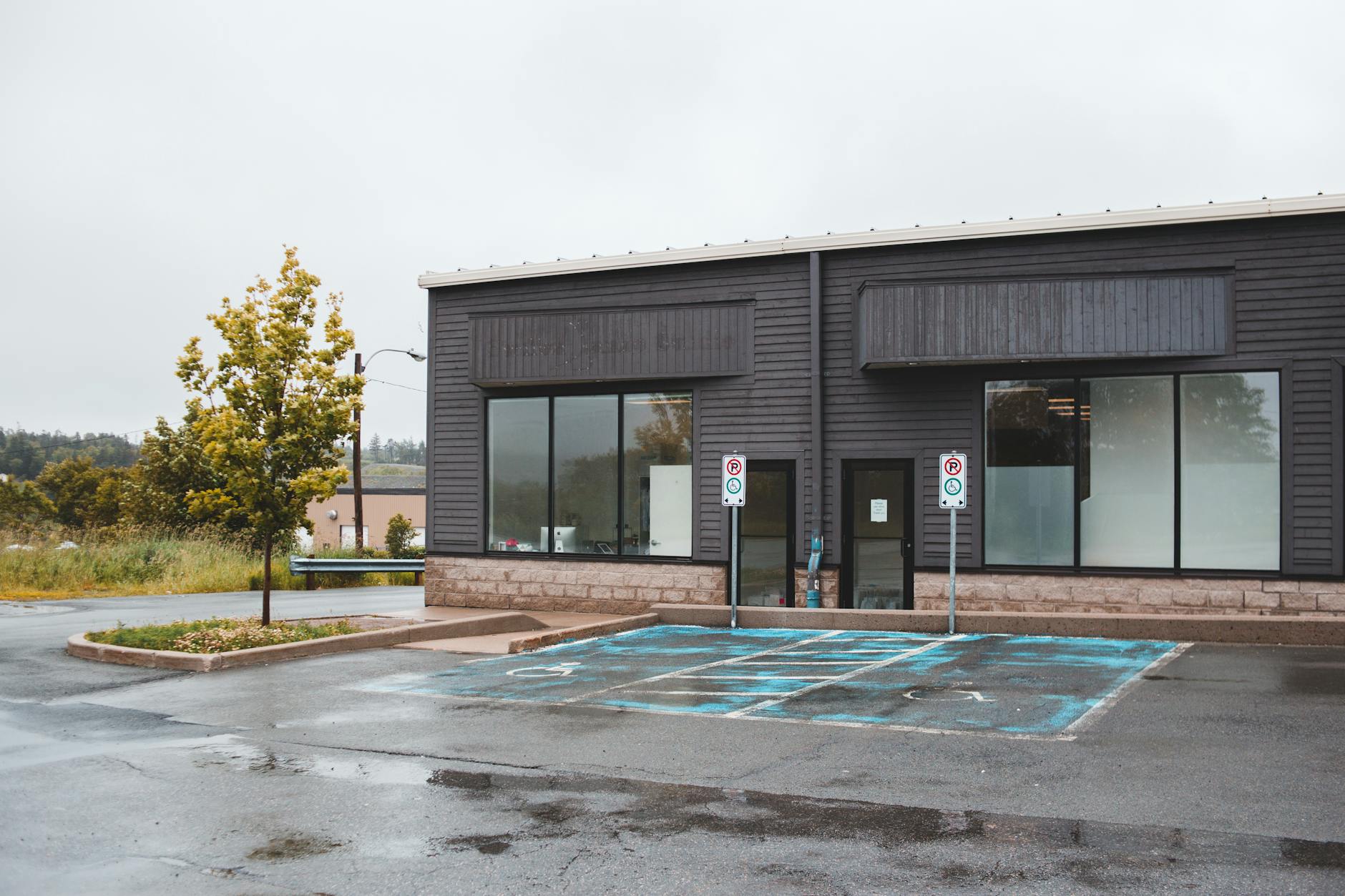How to Navigate Commercial Real Estate Listings for Retail Spaces
Navigating commercial real estate listings for retail spaces can be a complex process that requires careful planning and strategic decision-making. Whether you’re a new business owner seeking your first storefront or an established retailer looking to expand, understanding how to sift through the myriad of available properties is crucial. This article will guide you through the essential steps to effectively evaluate listings, understand key market factors, and avoid common pitfalls. By combining practical tips with industry insights, you’ll be better equipped to identify the ideal retail space that meets your business needs and budget. From assessing location dynamics to interpreting lease terms, each section will present actionable advice to help you confidently navigate the commercial real estate landscape.
Understanding your business needs and location priorities
Before diving into listings, it’s critical to define your business requirements clearly. Consider aspects such as square footage, layout, foot traffic expectations, and proximity to competitors or complementary businesses. Location drives retail success, so research the demographics and spending habits in potential areas. Urban centers, suburban malls, and strip plazas each offer distinct advantages and challenges, which should align with your target audience and brand positioning.
For example, a specialty boutique might thrive in a trendy downtown district, while a family-oriented store could benefit from a suburban shopping center close to residential zones. Setting priorities early on narrows the scope of your search and prevents wasting time on unsuitable properties.
Evaluating commercial real estate listings effectively
When reviewing listings, pay close attention to key property details such as:
- Price: Compare asking rents or sale prices with market standards.
- Size and layout: Confirm the space accommodates your operational needs.
- Visibility and accessibility: High visibility and ease of access impact customer flow.
- Lease terms: Duration, renewal options, and restrictions can affect flexibility.
- Additional costs: Understand maintenance, CAM fees, and taxes that may apply.
Use a checklist or spreadsheet to systematically compare listings. Below is an example of a simple comparison table that can be customized based on your priorities:
| Property | Rent ($/sq ft) | Size (sq ft) | Location type | Visibility | Lease length | Additional costs |
|---|---|---|---|---|---|---|
| Downtown storefront | 45 | 1,200 | Urban | High | 3 years | Cam charges, taxes |
| Shopping plaza unit | 35 | 1,500 | Suburban | Medium | 5 years | Maintenance fees |
| Strip mall space | 30 | 1,000 | Suburban | Low | 2 years | None |
Researching market trends and neighborhood development
Beyond the property itself, keeping tabs on local market trends ensures long-term success. Analyze factors like vacancy rates in the area, rental rate fluctuations, and planned infrastructure projects. A neighborhood undergoing revitalization may present an opportunity for growth but could also involve construction disruptions.
Trade publications, commercial real estate reports, and local government planning documents are valuable resources. Understanding the broader context helps you anticipate how your retail space’s value might change over time.
Working with brokers and using technology tools
Commercial real estate brokers bring market expertise and negotiation skills that simplify the search process. Establish clear communication about your business goals and criteria so they can present the most suitable options. However, it is important to maintain an active role by independently verifying information and comparing listings.
In addition to broker assistance, leverage online platforms and software tools designed for commercial real estate. Many websites offer advanced filters, virtual tours, and data analytics that enhance your ability to narrow down choices quickly and accurately.
Conclusion: Making informed decisions for your retail space
Navigating commercial real estate listings for retail spaces involves a strategic approach that balances your business needs, thorough evaluation of property details, and understanding of market dynamics. Starting with a clear definition of priorities allows you to focus your search in locations aligned with your target audience. Carefully comparing key listing features and financial terms helps you avoid costly surprises, while researching neighborhood trends supports informed, long-term planning. Partnering with knowledgeable brokers and utilizing technology tools equips you with the resources to identify the best opportunities. Ultimately, a combination of preparation, market insight, and professional support increases your chances of securing a retail space that fosters growth and meets your operational goals.
Image by: Erik Mclean
https://www.pexels.com/@introspectivedsgn
editor's pick
latest video
news via inbox
Nulla turp dis cursus. Integer liberos euismod pretium faucibua


